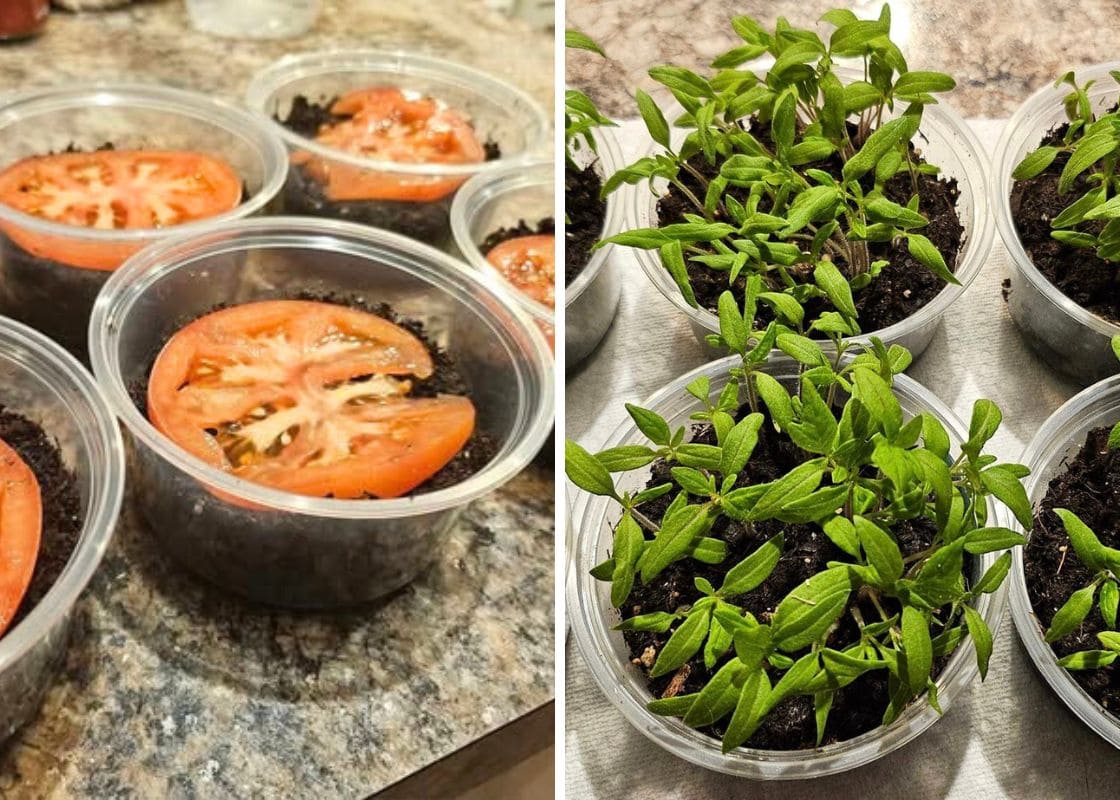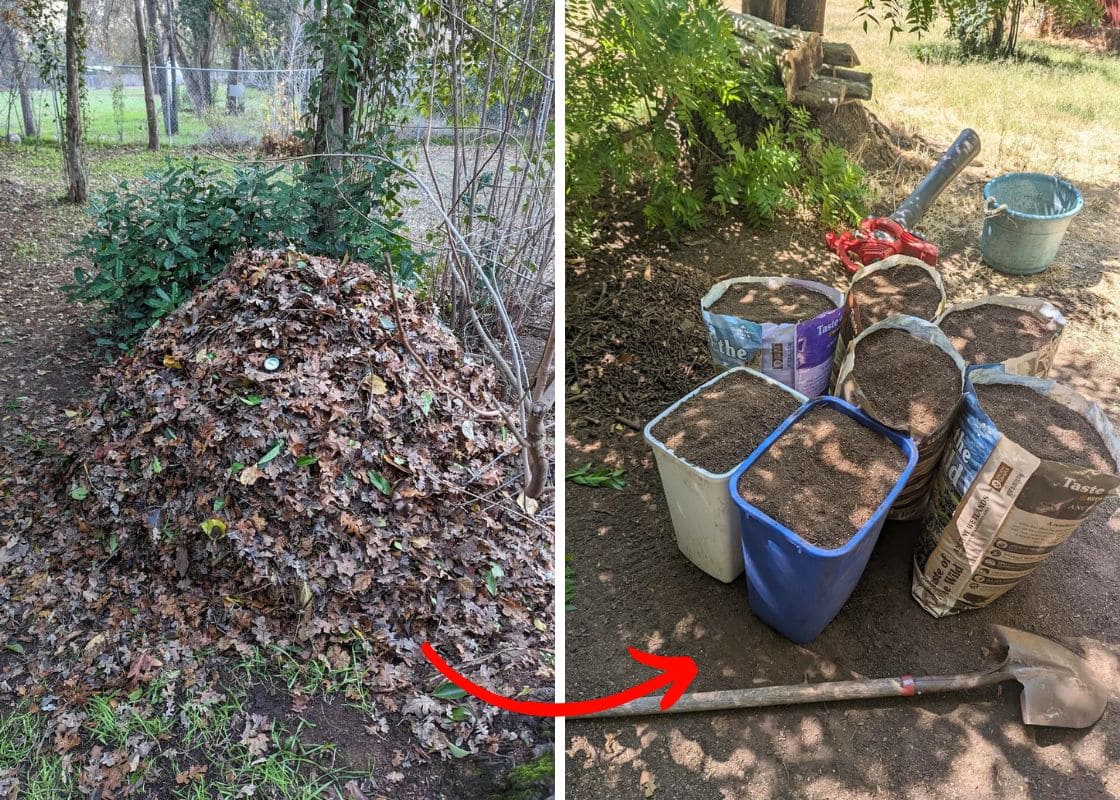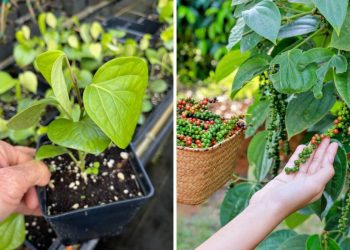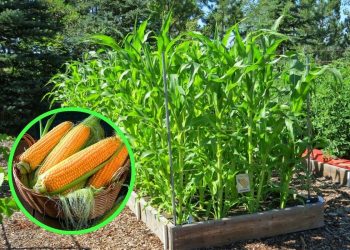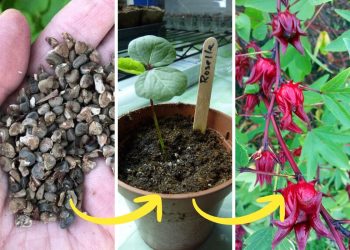Chrysanthemums and dahlias are two of the most popular flowers found in gardens and homes all around the world.
Both belong to the Asteraceae family and share many similarities in terms of appearance and growth habits. However, upon closer inspection, one can also notice distinct differences between these two flowers.
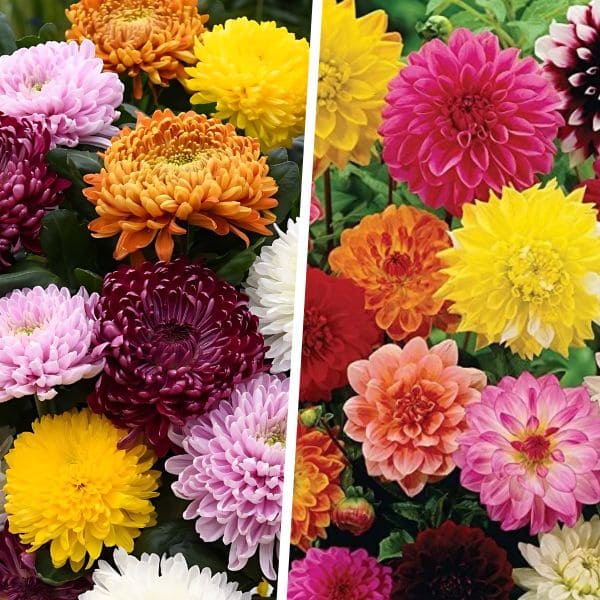
| Chrysanthemum | Dahlia | |
| Scientific name | Chrysanthemum morifolium, Chrysanthemum indicum | Dahlia pinnata, Dahlia coccinea |
| Family | Asteraceae | Asteraceae |
| Plant type | Herbaceous perennial | Herbaceous perennial |
| Height | 1-3 feet | 1- feet |
| Light | Full sun to partial shade | Full sun |
| Flower color | White, yellow, red, pink, purple | Red, pink, purple, white, orange, yellow |
| Bloom time | Late summer to fall | Summer to early fall |
| Habitat | Well-drained soil, rich in organic matter | Well-drained, loamy soil |
| Native | Asia, Northeastern Europe | Mexico, Central America |
The Differences Between Chrysanthemum vs Dahlia
#1. Taxonomy and Scientific Classification
Chrysanthemums belong to the genus Chrysanthemum, which includes over 30 species. The most commonly grown is Chrysanthemum morifolium, also known as the hardy mum.
Other notable species are Chrysanthemum indicum and Chrysanthemum zawadskii. As herbaceous perennials in the Asteraceae family, they are related to daisies and sunflowers.
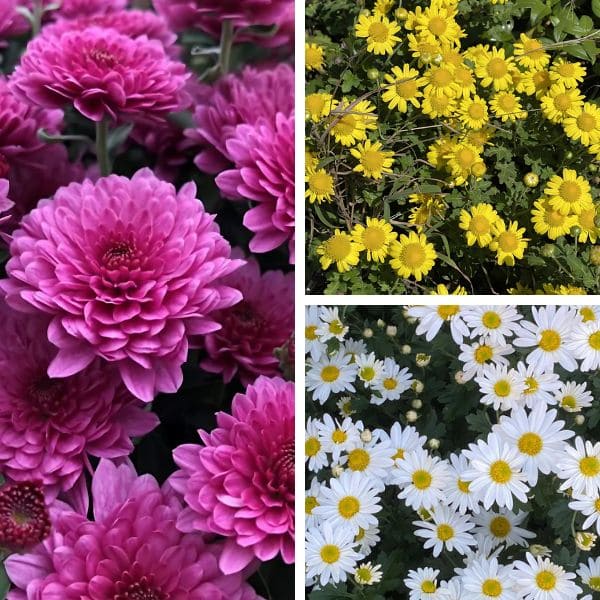
Dahlias, classified under the genus Dahlia, comprise over 40 species, native to Central America, particularly Mexico. The widely cultivated Dahlia pinnata is popular, alongside species like Dahlia coccinea.
Also herbaceous perennials in the Asteraceae family, dahlias share a close relationship with chrysanthemums.
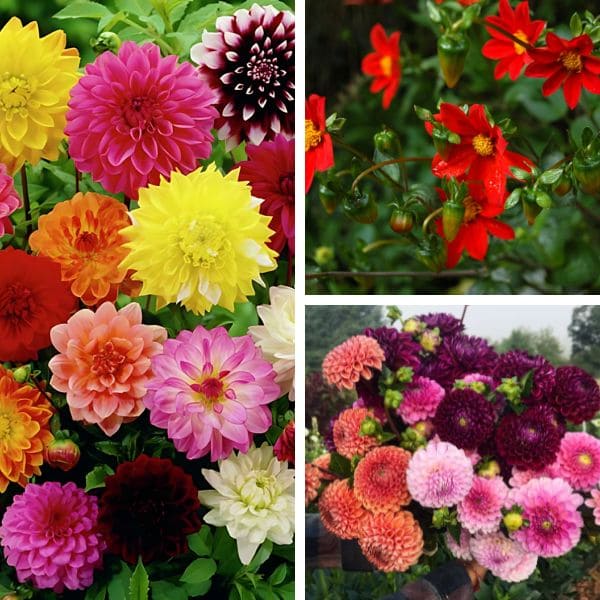
#2. Plant Characteristics
Chrysanthemums typically grow 30-90 cm (1-3 feet) tall, with their flowers ranging from a few inches to a foot in diameter.
They bloom in clusters with layered petals that form a compact, round shape, adding vibrant splashes of white, yellow, pink, red, orange, and purple from late summer to fall. Their deep green, finely divided leaves, which are slightly toothed.
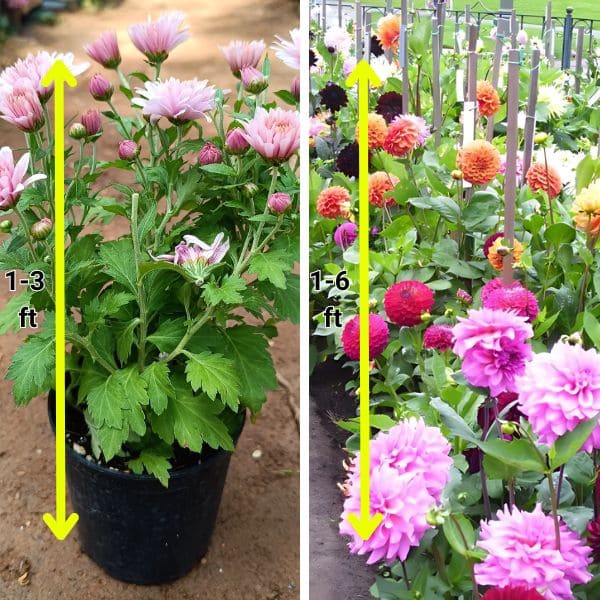
Dahlias, on the other hand, vary more dramatically in height, from 1-6 feet. They start flowering in summer and continue into early fall.
The flowers can be much larger and more eye-catching, ranging from a few inches to almost a foot in diameter. Dahlias come in a stunning array of colors, including red, pink, purple, white, orange, and yellow, and their diverse shapes and sizes make them highly sought after by gardeners.
The foliage is also noteworthy, with deep green, larger leaves that can grow up to 6 inches long, adding a unique touch to the garden landscape.

#3. Growing Conditions
Chrysanthemums thrive in full sun to partial shade, which makes them quite versatile. I’ve planted them in various parts of my garden, and they do well as long as they get some sunlight.
They prefer well-drained soil rich in organic matter, so I always mix in compost before planting. Regular watering is essential, but they don’t need to be drenched-moderate watering.
Another essential factor to consider when growing chrysanthemums is air circulation. These plants are prone to fungal diseases, so it’s crucial to ensure proper spacing and adequate air flow to avoid any problems.
Dahlias, however, need full sun to flourish. I’ve found that they perform best in the sunniest spot of my garden.
They require well-drained, loamy soil, so adding sand or peat moss can improve the soil structure if it’s heavy. Like chrysanthemums, dahlias need moderate watering. I water them consistently but ensure the soil never stays waterlogged.
One significant difference between chrysanthemums and dahlias is their sensitivity to frost. While chrysanthemums can withstand light frosts, dahlias are highly sensitive and will not survive if exposed to freezing temperatures.
It is essential to dig up dahlias before the first frost and store them indoors until the following spring.
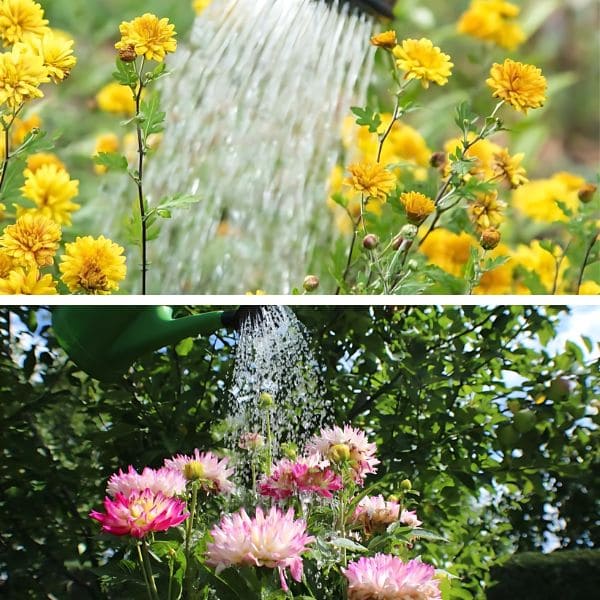
#4. Native Regions and Habitats
Chrysanthemums are native to Asia and Northeastern Europe. Initially, they were cultivated for over 2,500 years for their medicinal properties. Widely grown in China, Japan, and Korea, they adapt well to cooler climates and can tolerate light frosts.
Dahlias, on the other hand, are native to Central America, specifically Mexico. They thrive along mountain slopes and hillsides, loving the warmth and plenty of sunlight. Introduced to Europe in the 18th century, dahlias quickly gained popularity, leading to numerous cultivars.
The Similarities Between Chrysanthemum vs Dahlia
#1. Family and Genus
Chrysanthemums and dahlias share a family bond, both belonging to the Asteraceae family, one of the largest plant families, comprising over 23,000 species. This family is known for its composite flowers, where what appears to be a single bloom is actually a cluster of smaller flowers.
The Asteraceae family also includes popular flowers like daisies, sunflowers, and asters, making chrysanthemums and dahlias distant cousins. The resilience and diversity of this family make it a favorite among gardeners.
#2. Pollination and Pollinators
Bees, butterflies, and other pollinators are drawn to their vibrant blooms, making these flowers essential for maintaining garden biodiversity. When these pollinators visit, they not only enhance the beauty of my garden but also contribute to a healthy ecosystem by aiding in the pollination of other plants.
This natural pollination process ensures the growth and reproduction of a variety of plants, promoting a thriving and dynamic garden environment.
#3. Usage and Benefits
Historically, chrysanthemums were initially grown for their medicinal properties. Ancient cultures believed they could treat ailments such as headaches, respiratory issues, and fever.
Today, while they are primarily grown for their decorative appeal, some cultures still use chrysanthemums in traditional medicine. Chrysanthemum tea is also known for its calming properties, reflecting its continued culinary use.

Dahlias, with their vibrant blooms, add a dramatic flair to the garden and have a rich history of use. In their native regions, the Aztecs used dahlias to treat epilepsy and other ailments.
Now, dahlias are primarily grown for their showy flowers, making them a popular choice for cut flower arrangements.
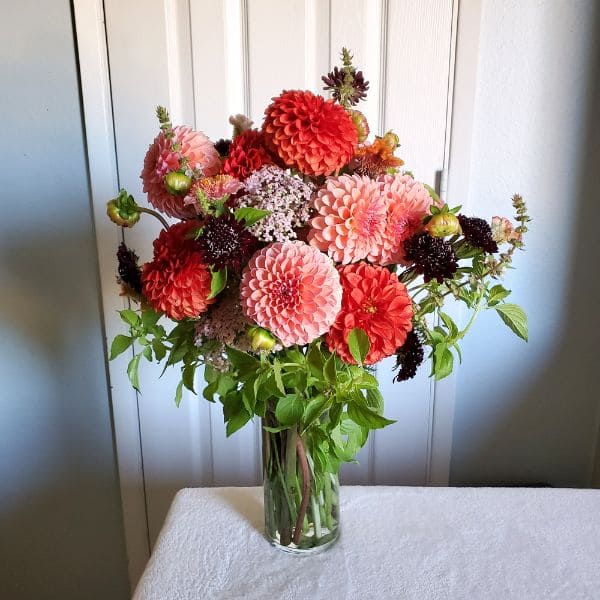
Additionally, the edible tubers of dahlias provide a unique culinary twist. I’ve tried incorporating them into meals, finding that they add both flavor and novelty to dishes.
#4. Pests and Diseases
Both chrysanthemums and dahlias occasionally face pest and disease challenges. Chrysanthemums often attract aphids and spider mites, and are prone to powdery mildew. Aphids cluster on the new growth, stunting the plant’s development.
Dahlias, on the other hand, frequently battle slugs and snails, alongside powdery mildew. Slug damage can be particularly disheartening, as they munch through the leaves and stems.
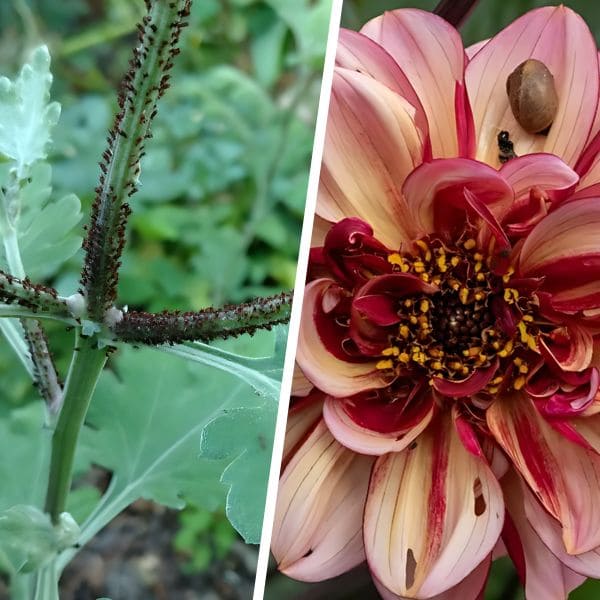
To manage these issues, you should regularly inspect the plants to help catch infestations early. Use neem oil for aphids and spider mites on chrysanthemums, and for dahlias, you can set up beer traps to control slugs and snails.
Ensuring good air circulation around both plants helps prevent powdery mildew, making the garden healthier and more resilient.
What to Choose Between Chrysanthemum vs Dahlia
Garden Aesthetics and Preferences
Choosing between chrysanthemums and dahlias for your garden depends on your aesthetic preferences and design goals.
Chrysanthemums offer a range of colors from white to deep purple, making them ideal for autumnal color schemes. Their late summer to fall bloom time provides seasonal interest when many other plants have finished flowering.
Dahlias, on the other hand, bloom from summer to early fall with a vibrant palette that includes bold reds, pinks, and yellows. Their larger, showier flowers can create a dramatic focal point in your garden design.
Climate and Growing Conditions
Chrysanthemums are hardy in zones 5-9, making them versatile for cooler climates. They thrive in well-drained soil and can handle partial shade, which I’ve found useful in my garden’s shadier spots.
Dahlias, suited for zones 8-10, prefer full sun and well-drained, loamy soil. If you’re in a warmer region, dahlias might be the better choice.
Maintenance and Care
I find chrysanthemums easier to care for, as they are more forgiving and resilient. They thrive with moderate watering and occasional deadheading.
Dahlias, however, need more attention. They require consistent watering, full sun, and must be dug up and stored indoors in colder climates.
For successful cultivation, mulch chrysanthemums to retain moisture and stake dahlias to support their tall stems.
Personal Preferences and Uses
Chrysanthemums are great for ornamental use, providing vibrant fall color with minimal effort. I love using them in bouquets.
Dahlias offer dramatic blooms perfect for showy displays and practical uses, like edible tubers.
Both brighten up gardens and homes, but if you need cut flowers or traditional medicine, choose accordingly.
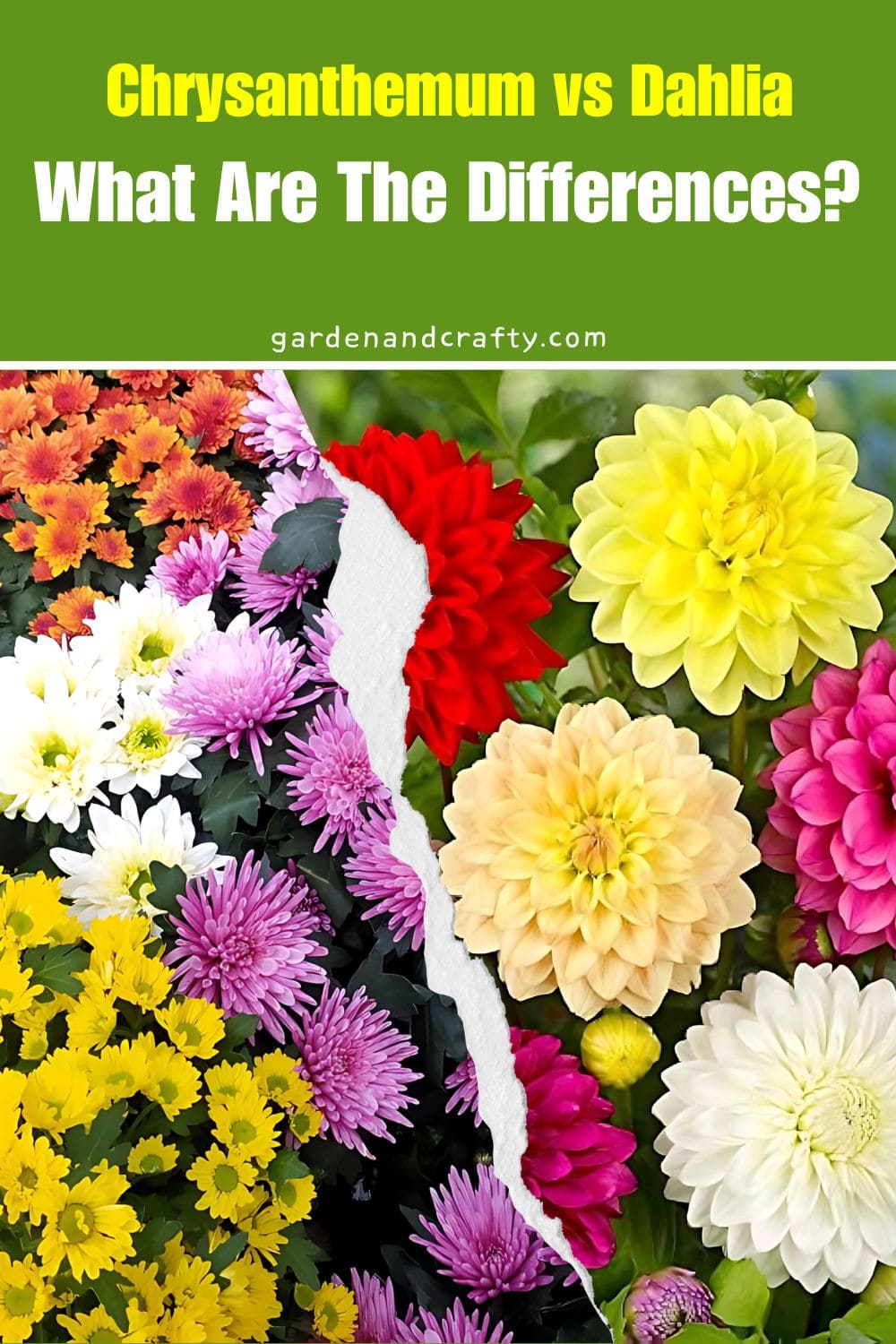
Personally, I find chrysanthemums easier to manage, but growing stunning dahlias is incredibly rewarding. Consider what fits best with your gardening style and needs.

